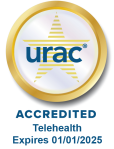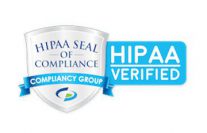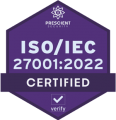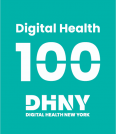Knowing when a rash is really something much worse
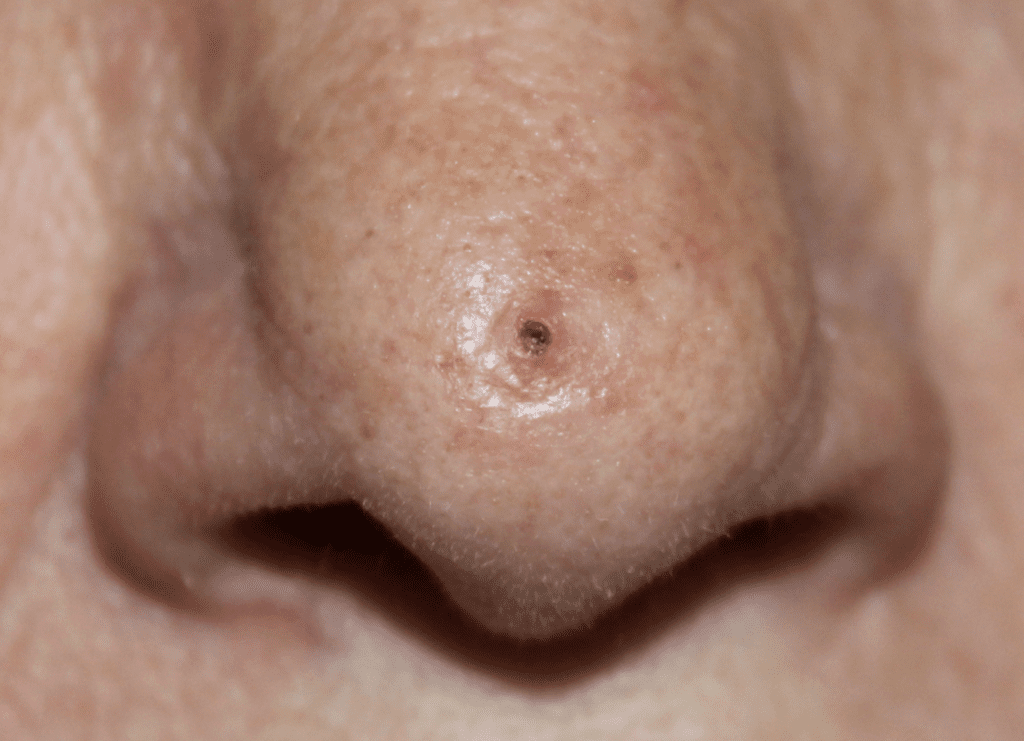
HOW A UCM EMERGENCY MEDICAL PROVIDER IDENTIFIED SKIN CANCER FROM WHAT SEEMED LIKE A SIMPLE RASH.
Recently, a patient named Kristin called into UCM’s Virtual ER seeking help for what she thought was a run-of-the-mill skin rash. She mentioned to our Care Coordinator that she felt silly for calling in for a rash when she could probably go to the drugstore and find some over-the-counter remedy. But, something about the rash made her want an expert opinion, and she had a few minutes to spare so she called in to UCM’s Virtual ER. Our Care Coordinator assured Kristin that we were here for her anytime, anywhere.
The UCM emergency medical provider promptly called Kristin back and listened as she described that the rash was small and would come and go, but just happened to be in a very noticeable place: the tip of her nose. Our provider asked Kristin the specific details about, and characteristics of, this particular “rash.” Kristin noted that it had a red base and was raised up like a waxy-appearing bump. Over the course of a week or two, it would scab up, flake off, and essentially go away other than a very faint red flat circular spot remaining. The spot had been cycling like this for nearly three months by the time Kristin called UCM’s Virtual ER.
Kristin had a few pictures of her nose to share with the UCM emergency medical provider from the past month, and was able to quickly upload those via the UCMNow app for immediate analysis. The UCM emergency medical provider’s assessment included the following: a coming and going lesion in a sun-exposed area that scabbed and appeared waxy in the presence of a fair-skinned young woman. Additionally, the emergency medical provider asked Kristin if she has had more than ten peeling sunburns in her lifespan, which is an additional risk factor. She indicated that she has; with this information, combined with the spot on her nose, the UCM emergency medical provider was concerned about the strong possibility of a localized Basal Cell Carcinoma lesion.
COMPASSIONATE CARE AFTER UNEXPECTED NEWS
Kristin was certainly not expecting to hear that she had a skin cancer, but rather thought she’d be prescribed a simple cream for what she thought was a rash. Her mind started to race with worry, but the UCM emergency medical provider assured her that with specific medical attention, this was a treatable issue. In fact, the emergency medical provider even knew of a dermatologist that UCM has worked with in the past, right near where Kristin lives. A UCM Care Coordinator was brought back into the conversation, and was able to obtain an appointment within a week for Kristin to get her lesion assessed further.
Our UCM emergency medical provider answered all of Kristin’s concerns and laid out a detailed plan, including an appointment with the dermatologist, giving Kristin the confidence that she had UCM on her side through this no matter what. Kristin reiterated this later, but she said: “I just felt so at ease knowing there is always a compassionate educated provider at UCM whenever I need them!”
In a follow-up call after her appointment with the dermatologist, Kristin shared that she was diagnosed with a Basal Cell Carcinoma on the tip of her nose and was scheduled for a minor excision of this soon.
ARE YOU AT RISK FOR SKIN CANCER?
Basal Cell Carcinoma, Squamous Cell Carcinoma, and Melanoma are skin cancers that can all be influenced by sun exposure and genetics opening one up for other risks should these lesions occur. Screening for these is hugely important.
The bottom line is that if you have a family history of skin cancer, history of greater than 10 sunburns causing you to peel, and any new peeling or scaling or color-changing or irregularly-bordered lesions, please get evaluated with a total body skin exam.
Learn more about skin cancer warning signs from the Mayo Clinic.
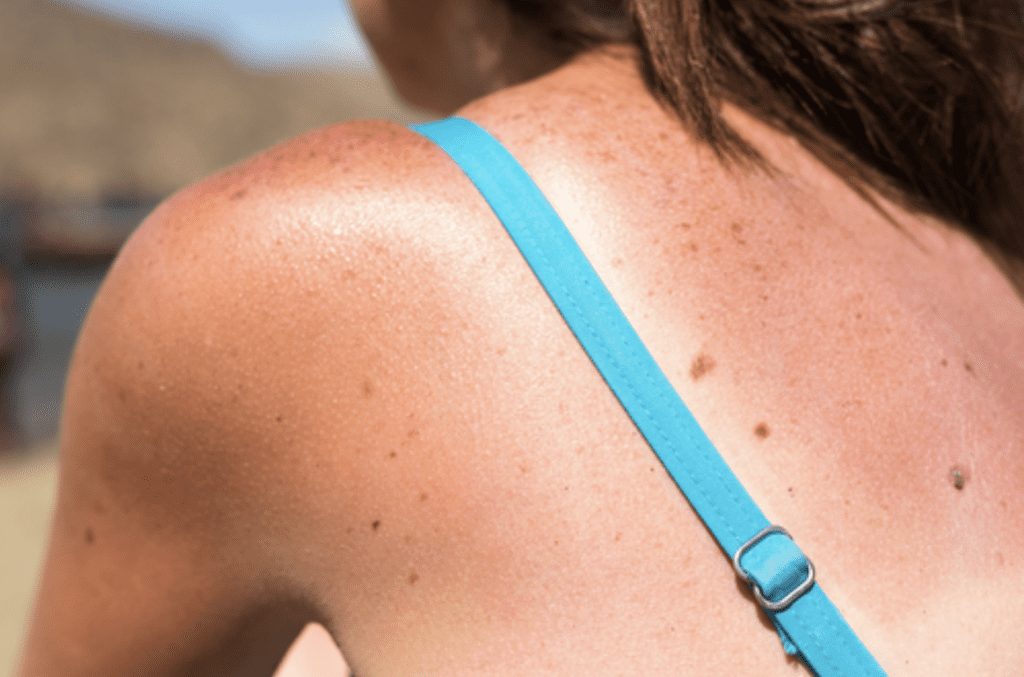
REMINDER: ALWAYS USE SUNSCREEN
Nothing less than 50 SPF, and re-apply every three hours even when you’re in the shade, not just when you’re in the sun.


